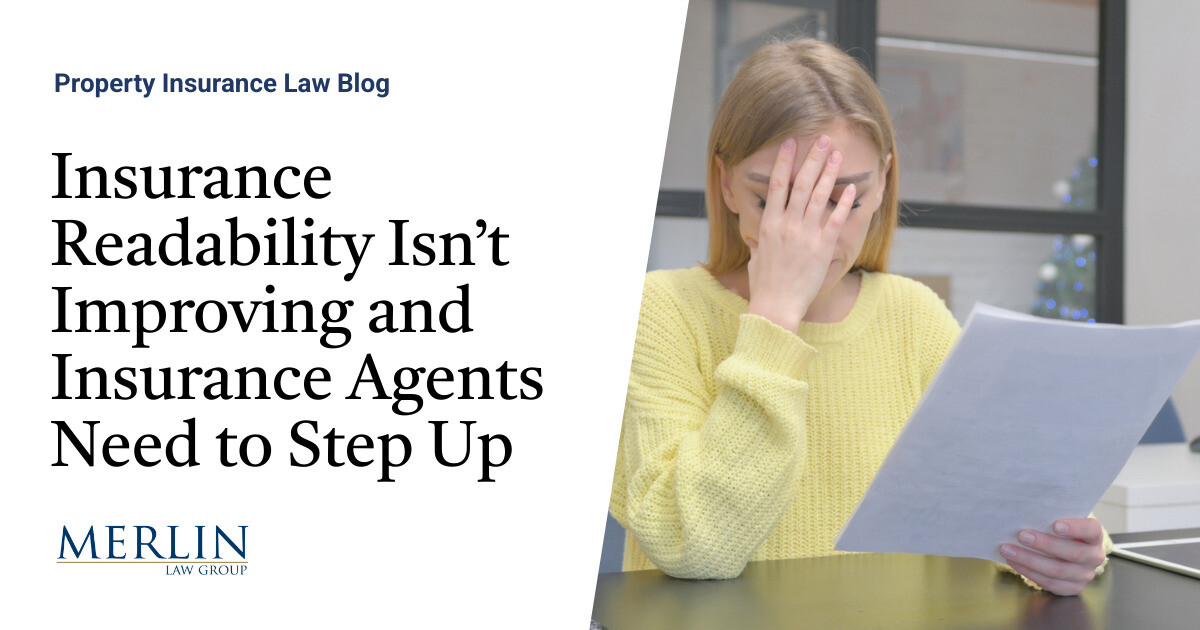If you’ve been turned off by having to provide your personal information to get a pet insurance quote in the past, but are curious about the costs for your young dog, we’ve done the work so you don’t have to! Generally, the cheapest pet insurance rates you’ll find are in the first few years of life.No matter the breed, a puppy, 12-months, or 24-months-old dog’s rate will be at their best at this stage. Unfortunately, as our furry friends age, they develop health problems, just like people.As our dogs age, the cost of pet insurance increases.
Depending on your dog’s breed, the cost can be rather expensive as the years go by. With pet insurance, age and dog breed are the two main deciding factors on cost of coverage.Some breeds are more susceptible to health problems, like hip dysplasia and arthritis, which makes their care more expensive, even when they are younger. To show you the difference between breeds and puppy, 12-month, and 24-month-old dogs, we’ve gathered a few sample quotes from Healthy Paws pet insurance. We’ve spent the time doing the research so you don’t have to! Whether you have a purebred dog you got directly from the breeder, a mutt you found at the pound, or anything in between, we’ve gathered the costs and coverage options to help you make the right decision for your pup’s insurance needs. While age is the greatest factor that determines your dog’s health insurance premiums, it’s not the only one.Here are other considerations that make up your pet’s insurance premium. Mixed or Crossbreed vs Purebred – With pets, it’s commonly known that purebred pets pass on more genetic problems than mutts, or mixed/crossbreeds.
For this reason, most purebred pets included on your pet insurance will be more expensive than a mixed breed.Breed type – The breed of dog you get matters because certain breeds are more likely to have more health problems than others.Size and weight – With pets, the smaller and less they weigh, the less you pay for pet insurance.The larger and heavier your dog, the more your pet insurance rates will be.Gender – Just like with health and life insurance for humans, males are more expensive to insure than females.Location – Where you live matters, even when getting quotes for pet insurance.If you’re shopping quotes, you might find that living in a certain city or zip code means your rates are higher than your neighbors.Deductible – This is another factor that rings through for human health insurance.
The higher your deductible, the more you save in your premium, but the more you have to pay out of pocket should your pet get sick or hurt.With pet insurance, deductibles are typically $100, $250, $500, or $1,000.Reimbursement amount – With a young puppy, 12-month, or 24-month-old dog, you have the option of being reimbursed 70%, 80%, or 90% of your covered out-of-pocket costs, once you’ve reached the annual deductible. Age – The greatest determining factor of your pet insurance premium is the age of your puppy or dog when you purchase the policy.As long as you continue to pay premiums, you are locked in at the lowest rates for the life of your dog.The absolute cheapest rate you can get for pet insurance on a puppy is when they are less than 1-year-old. While puppies are very active and can get injured, they usually do not suffer from health issues when they are that young.
Generally speaking, a puppy will need the least amount of vet care than a dog of any other age. These reasons are why it’s inexpensive to insure a puppy or dog under 12-months-old.You can lock in the best rates your pup will ever get and keep those rates in place as long as you continue to pay the premiums. Here are a few examples to illustrate the differences between rates for different breeds and dog sizes. For a small mixed breed puppy weighing up to 30 pounds, the rate with Healthy Paws is $20.13 per month for coverage with 70% reimbursement and a $500 deductible. As you increase the reimbursement percentage or decrease the deductible, the monthly cost will also increase. Pet Insurance Reimbursement %Monthly Cost70% Reimbursement$20.1380% Reimbursement$22.4990% Reimbursement$28.04 While size is important, pet insurance companies aren’t looking for the size they are now, but when they are full grown.These factors make a difference when purchasing pet insurance, as you’ll see below. We requested pet insurance rates from Healthy Paws for a Great Dane puppy.
They are considered one of the largest dog breeds, getting well over 100 pounds when full grown.They are also well known for having hip dysplasia and have a general life expectancy of about 7 years. Even when purchasing pet insurance when the Great Dane is less than 12-months-old, the only option for coverage is 70% reimbursement with a $500 deductible at $68.51 each month.That’s a 70% difference compared to insuring a mixed breed puppy under 30 pounds. Even if your dog is now a year old, you can still get great rates for pet insurance for your pup. If you have a medium-sized crossbreed up to 59 pounds, you can get a pet health insurance policy for as little as $30.70 each month with 70% reimbursement and $500 deductible. For a small crossbreed, the rate would be a few dollars less, at $27.67 a month and a large crossbreed would be $37.25 each month. Pet Insurance Reimbursement %Monthly Cost70% Reimbursement$30.7080% Reimbursement$34.3390% Reimbursement$42.87 German Shepherd’s are a popular medium-sized dog breed, and if you were to get a pet insurance policy for a 12-month-old german shepherd, the cost would be $45.36 monthly compared to a crossbreed at $30.70 a month. This is mainly because of the health problems that German Shepherds have.
This breed may end up suffering from cataracts, elbow dysplasia, degenerative myelopathy, and other health issues. Though you have your choice of deductible and reimbursement amounts with a medium mixed-breed, Healthy Paws doesn’t offer a $100 deductible or 90% reimbursement rate for German Shepherds. In this instance, you can clearly see that a mixed-breed or crossbreed is cheaper to insure and with more pet insurance options than a purebred German Shepherd. Pet Insurance Reimbursement %Monthly Cost70% Reimbursement$45.3680% Reimbursement$50.7490% ReimbursementNot available No matter the breed of dog you have, Healthy Paws no longer offers 90% reimbursement once they are 24-months or older. This is why it’s important to get pet insurance when your dog is young if you want the higher reimbursement amount. Large breed dogs are the most expensive to insure, as you saw earlier with the Great Dane puppy.With a 70% reimbursement and $500 deductible, a large mixed-breed dog of 24-months will cost $40.95 per month. Pet Insurance Reimbursement %Monthly Cost70% Reimbursement$40.9580% Reimbursement$45.8390% ReimbursementNot available If you were to insure a purebred Labrador Retriever instead of a mutt, the cost isn’t much more at $49.86 monthly. Labs have many of the same health issues as German Shepherds, making their rates higher than other large-breed mutts. Pet Insurance Reimbursement %Monthly Cost70% Reimbursement$49.8680% Reimbursement$55.7990% ReimbursementNot available When it comes to getting the best rate for pet insurance, you can save money if you insure them before their next birthday. If your pet is 23-months-old, you can get the same rate as a 12-month-old puppy, saving you money every month instead of waiting until they are 24-months-old! The older your dog is, the more expensive the pet insurance health policy, and the less options for coverage.Healthy Paws is our choice to insure a puppy, 12-month-old, or 24-month-old dog.The pet insurance company does not have exclusions and offers unlimited payouts.
This means you can submit as many claims as needed and there is no cap on the amount Healthy Paws will reimburse. Another reason we like Healthy Paws pet insurance is they don’t restrict hereditary and congenital issues like some carriers.However, they don’t cover pre-existing conditions, which is common among pet insurance companies. Healthy Paws also has great reviews online: Consumers Advocate: 4.9 / 5 starsTrustpilot: 4.6 / 5 starsBetter Business Bureau: A+ *While we make every effort to keep our site updated, please be aware that "timely" information on this page, such as quote estimates, or pertinent details about companies, may only be accurate as of its last edit day.Huntley Wealth & Insurance Services and its representatives do not give legal or tax advice.
Please consult your own legal or tax adviser.
Publisher: Insurance Blog by Chris








